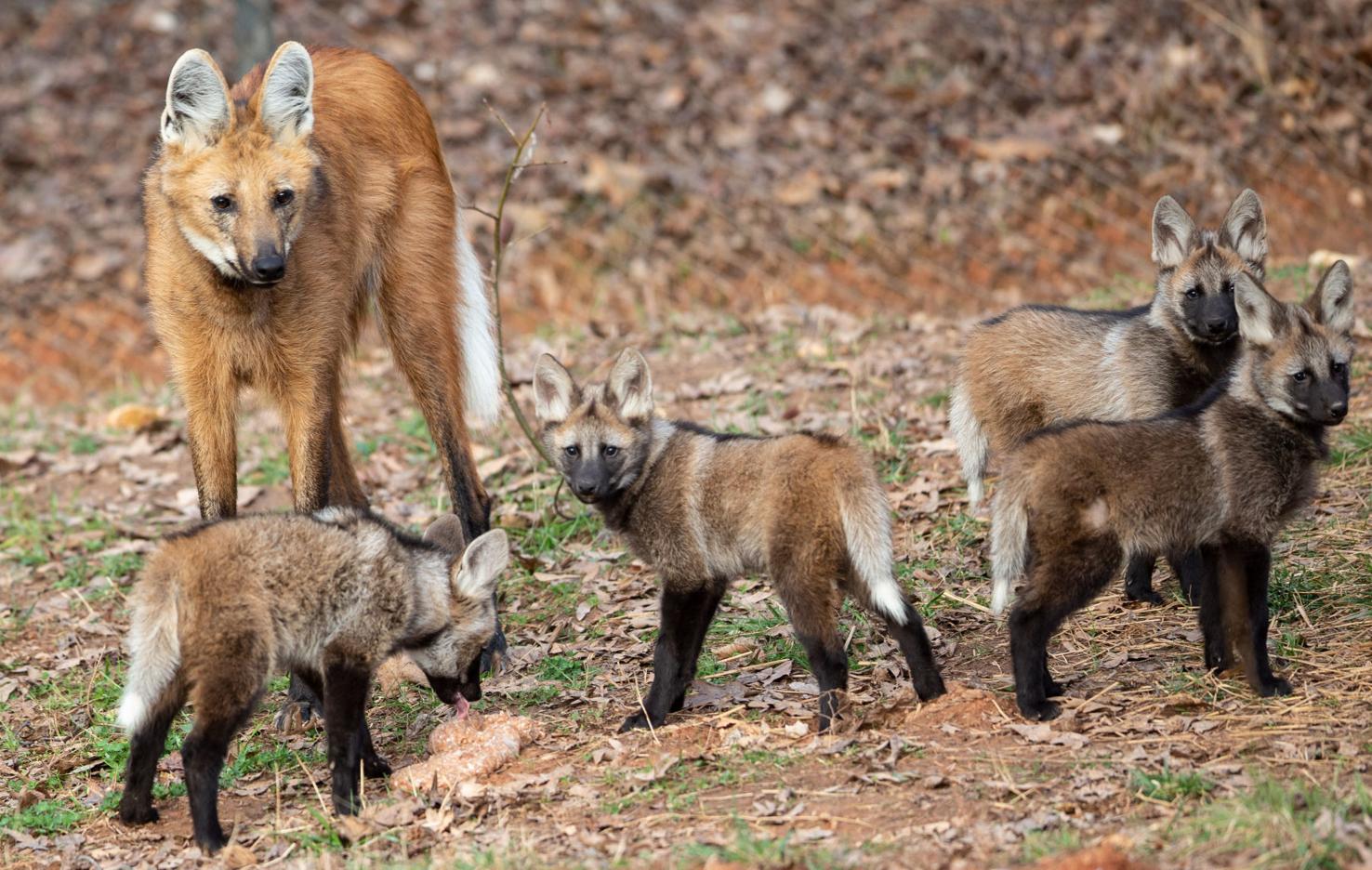Fossa
At first glance, it looks like some cats, monkeys or weasels. They paws with claws are like those in the cat, a long tail like a monkey, a small round ears like a weasel. Although it shares some moves with cats, fossa is more like mongoose and civets. They fur is short, rich brown color. Its tail is about half of the total length of animal. This species can be seen only on his native island, Madagascar. Fossa is an enigma for scientists since 1830.
It has a short coat grayish in color, with dark horizontal lines which are situated from head to tail, but stripes on the abdomen resemble spots. This animal does not resemble other types of civet. An animal like this is fanaluka, who also lives in Madagascar, and belongs to the same family.
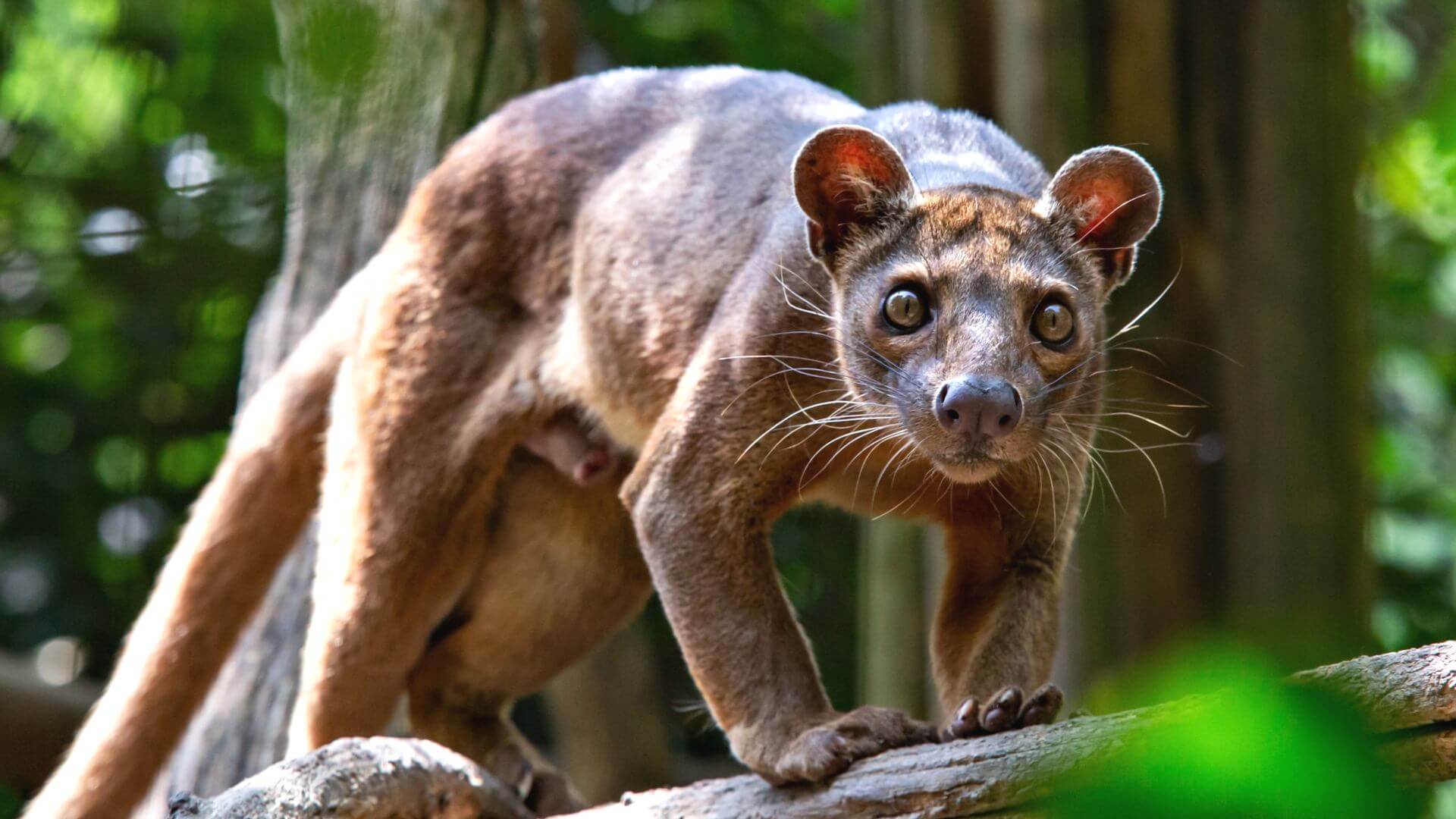
Patagonian Mara
Patagonian Mara is a large rodent that lives in the central and southern part of Argentina, and inhabits dry pastures. Looks like a rabbit for elongated ears and limbs.
Mare are predominantly diurnal. They are herbivores that feed mainly grass, but also any available vegetation or fruit. These rodents are monogamous animals, and mate two to three times a year to ensure a greater number of young in a litter.
For young in the litter caring female, while the male has minimal interaction with young and mostly to keep an eye on the danger of predators. These animals are close to endangered due to destruction of their natural habitat and hunting for their fur.
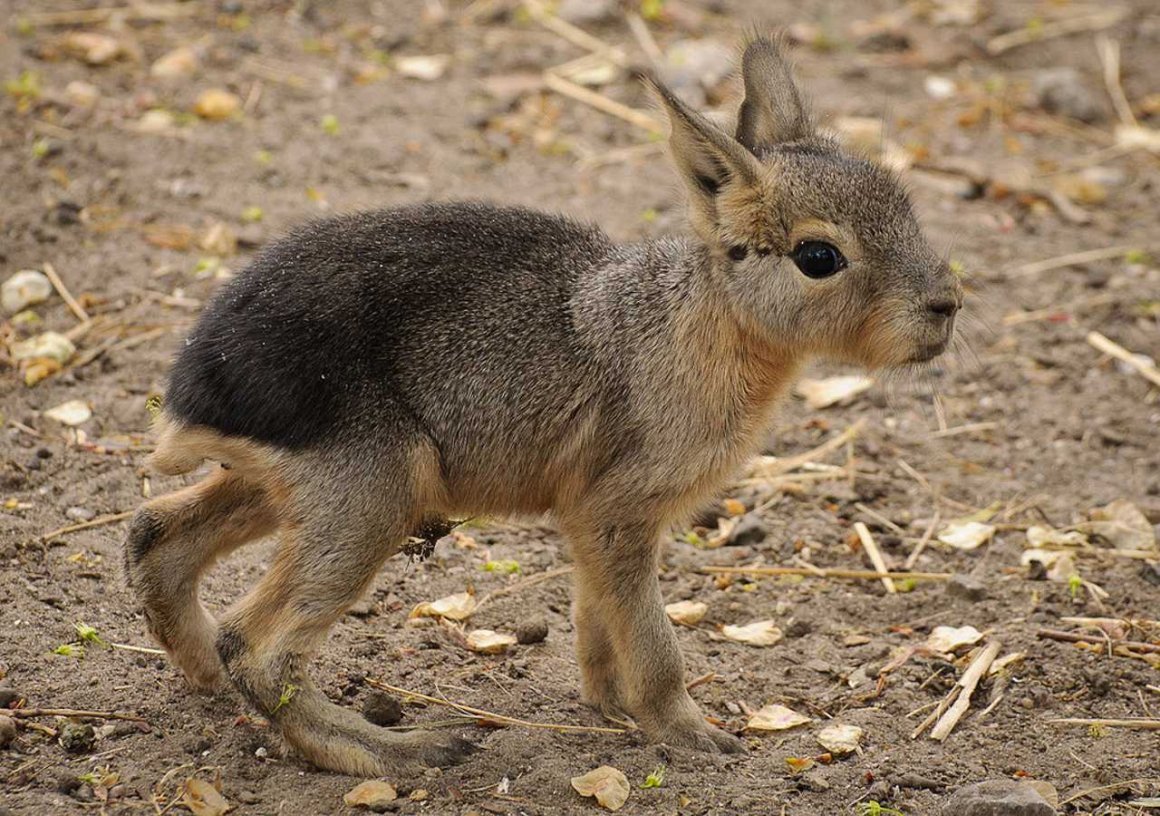
Markhor
Markhor or Himalayan goat is characterized by a long, powerful, spirally twisted horns. It is a large wild goat that lives in northeastern Afghanistan and Pakistan. Its population is only 2,500 individuals, and is on the list of endangered animals. The goat is a trademark of Pakistan. When graze then light foam that local people use as a cure for snake venom.
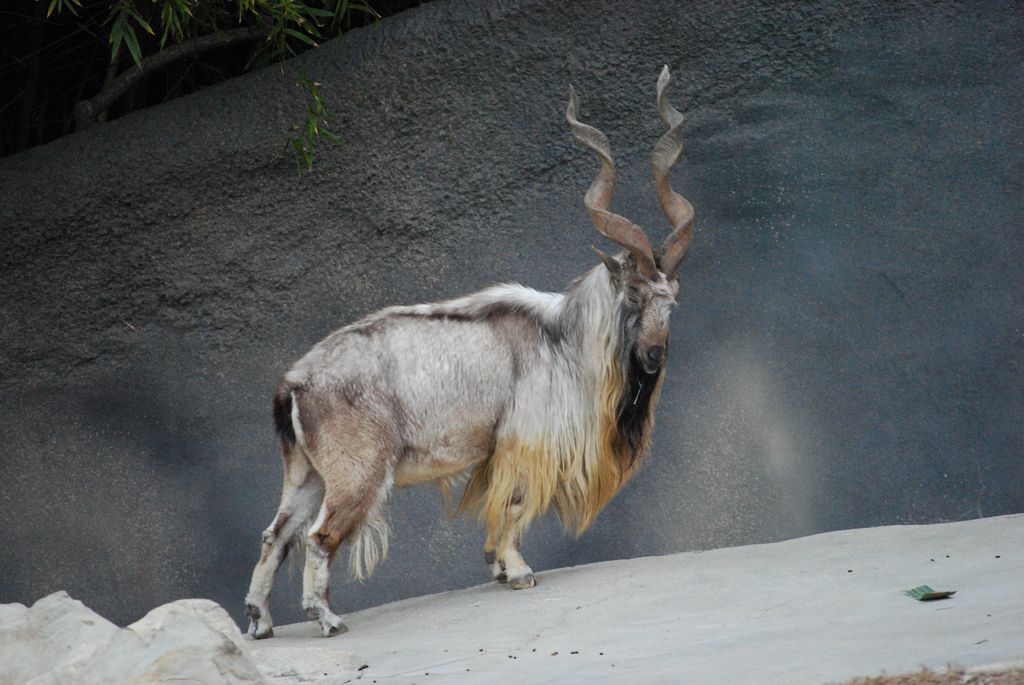
Irrawaddy Dolphin
Irrawaddy Dolphin, also known as the “smiling face Mekong”, is mainly exterminated by uncontrolled fishing. The fight for its survival is still ongoing. This strange-looking a dolphin lives near the Bay of Bengal in South East Asia. Although named a dolphin, this animal is a relative of the “killer whale” and with it has a large part of its genetic material.

Maned Wolf
Maned wolf lives in wetland and grassland areas of South America, in the area east of the Andes. Its name comes from the dark bands hair at the nape and spine. The hair of the mane stand up straight when the animal is endangered. Maned wolves live in pairs that stay together for life. Males and females share the territory and have holes hidden in dense vegetation.
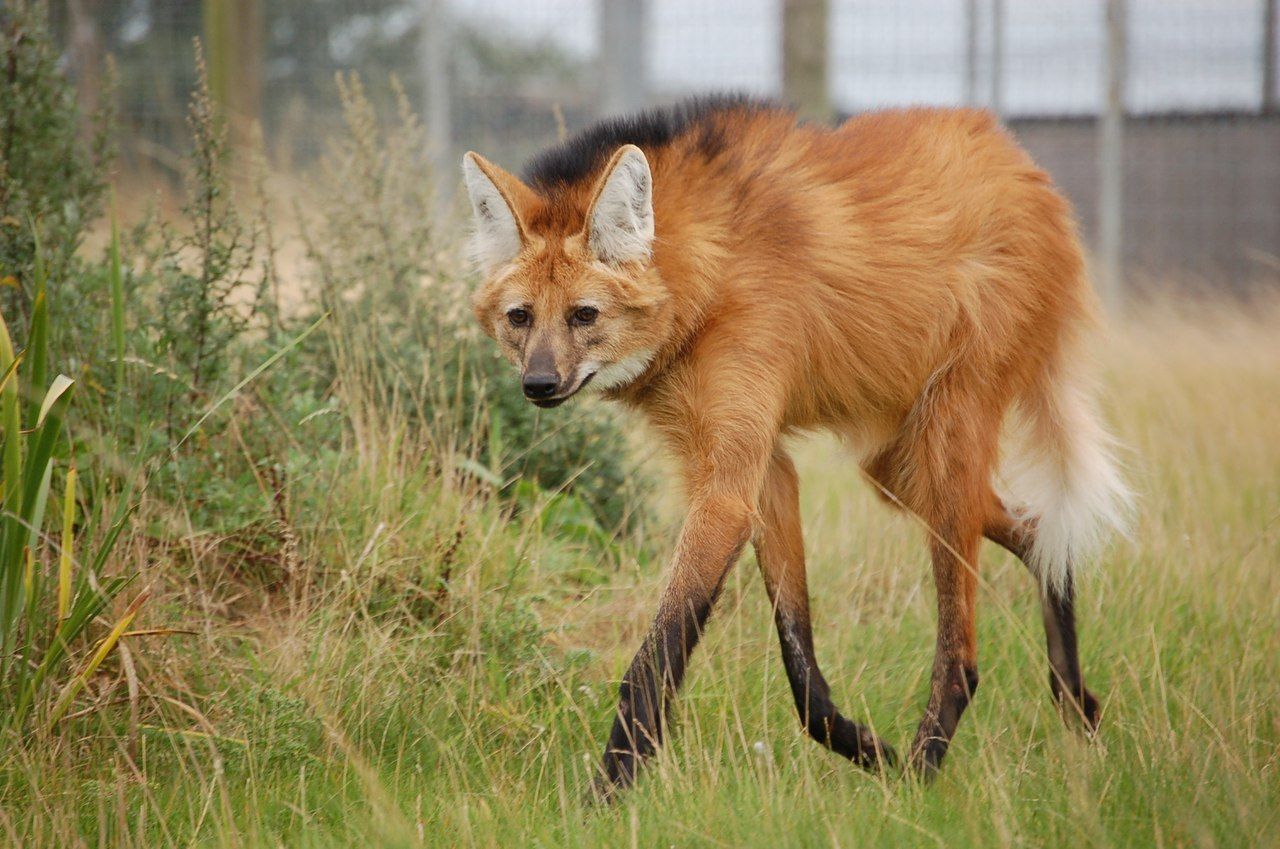
Most of the time stay away from each other, catching prey alone at night. The couple spends time together only in the breeding season – in late winter. Both parents contribute to raising cubs, bringing food into the lair. Despite the fact that they have long legs, maned wolves are not good runners. Instead, the height allows them to protrude through the tall grass and looking for prey.
